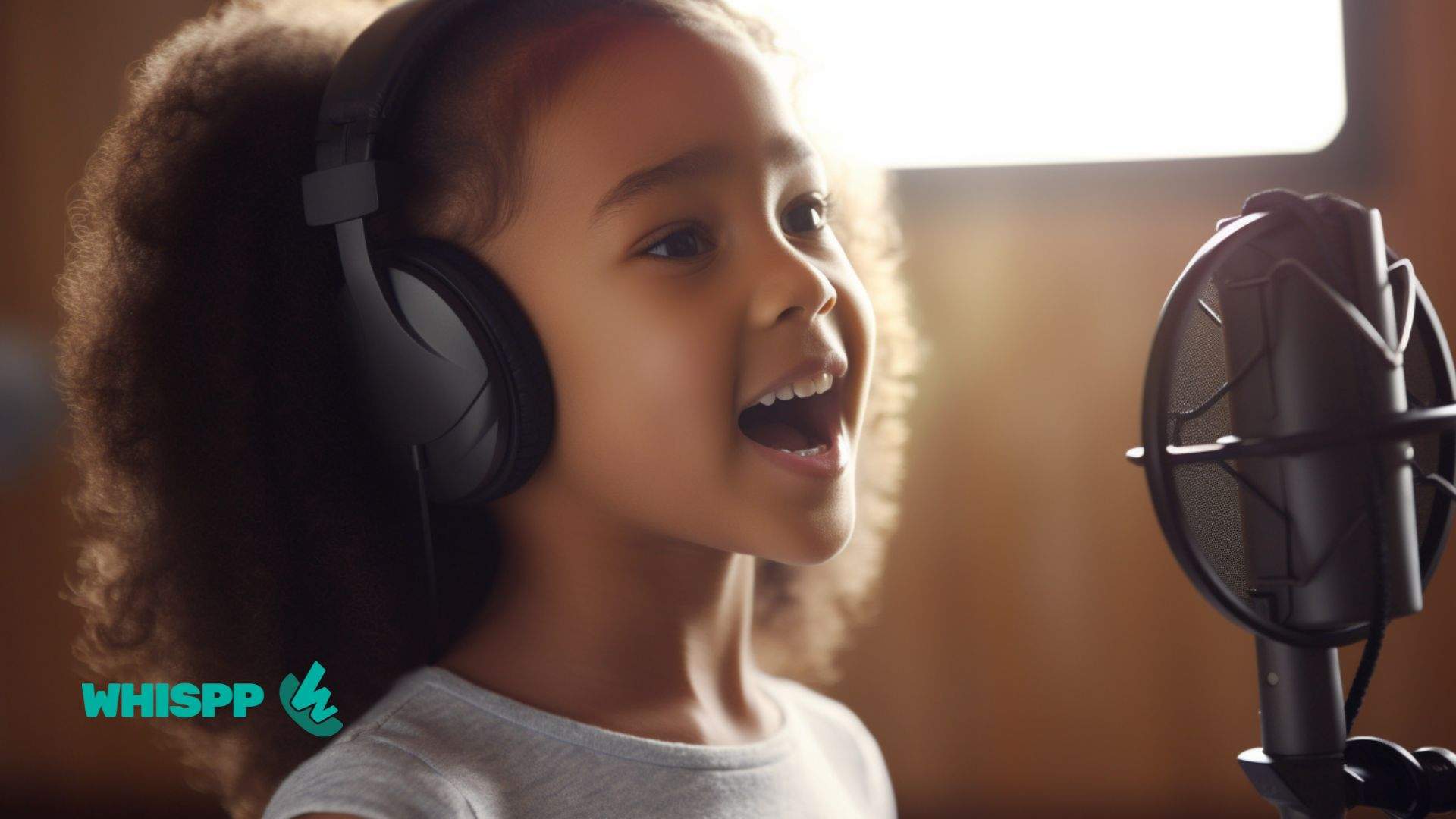Our journey of communication begins as soon as we take our first breath. Our initial means of communication, as loud as a busy highway, is a high-pitched cry that ranges from 450 to 500 Hz. This cry is our primitive tool for attracting the attention of caregivers, signalling discomfort and asserting our presence in the world.
The Dawn of Vocal Expression: A Baby’s Voice
The magic of vocal development becomes evident a few months after birth when babies start producing conscious sounds. The seemingly meaningless sounds, such as “arre,” gradually become vehicles for communication, bridging the gap between the infant and the speaking world. This period is also a time of exploration and experimentation as we learn to modulate the strength of our vocal cords, producing sounds varying in pitch and volume.
At about seven months, the stage of babbling begins. During this phase, syllables like “bababa” are pronounced with matching intonation and rhythm, so much so that they almost seem like real words. This phase symbolizes the culmination of an infant’s journey, as the voice comes strikingly close to spoken language.
The Era of Words: Toddler Voice Development
The exciting milestone of the first spoken words typically occurs around twelve months. The sudden ability to convey thoughts verbally often leads to moments of raw honesty, sometimes creating amusing situations for parents and caregivers. This period also marks the understanding of a critical aspect of communication: the ability to choose when to connect thoughts with language.
The Discovery of Vocal Dynamics: Voice of a Young Child
As we start attending elementary school, the voice becomes a pivotal tool for communication with a broader range of people. The ability to modulate voice according to different situations and emotions is a skill learned during these formative years. The power of the voice is not only in expressing emotions but also in influencing how others perceive reality. This phase also hones the ability to articulate thoughts and negotiate truth, preparing us for complex communication dynamics.
Voice Maturation: The Adolescent Voice
The voice undergoes another major transformation during adolescence. The vocal cords lengthen and thicken due to sex hormones, leading to deeper voice tones. Girls’ vocal cords grow to about 17 mm, allowing them to produce sounds of 200 Hz. Boys’ vocal cords lengthen to around 23 mm, enabling them to produce sounds of 100 Hz. This change signifies the onset of maturity, as the voice becomes louder, more resonant, and reflective of one’s growing personality.
Finding Your Voice in Silence: Dealing with Voice Loss
The voice that has grown and evolved with us suddenly might be lost, presenting a new reality that can be quite unsettling. Yet, it’s essential to remember that it wasn’t merely the voice, but the person behind the voice, who navigated the complex journey of communication, from learning the first words to mastering the art of speech.
In the event of voice loss, communication continues to thrive, albeit in a different form—be it whispering, writing, or gesturing. This transformation illustrates that the voice is a tool, a vessel steered by the individual at the helm. The lessons learned through the voice’s evolution continue to shape our communication, and we sail forward, undeterred by the winds of change.
In conclusion, from our earliest cries to mature conversation, our voice is an integral part of our identity and our ability to connect with the world. Through all stages of development and even during voice loss, the power of communication persists, reminding us of the person behind the voice, the captain guiding the vessel through the sea of words and emotions.







